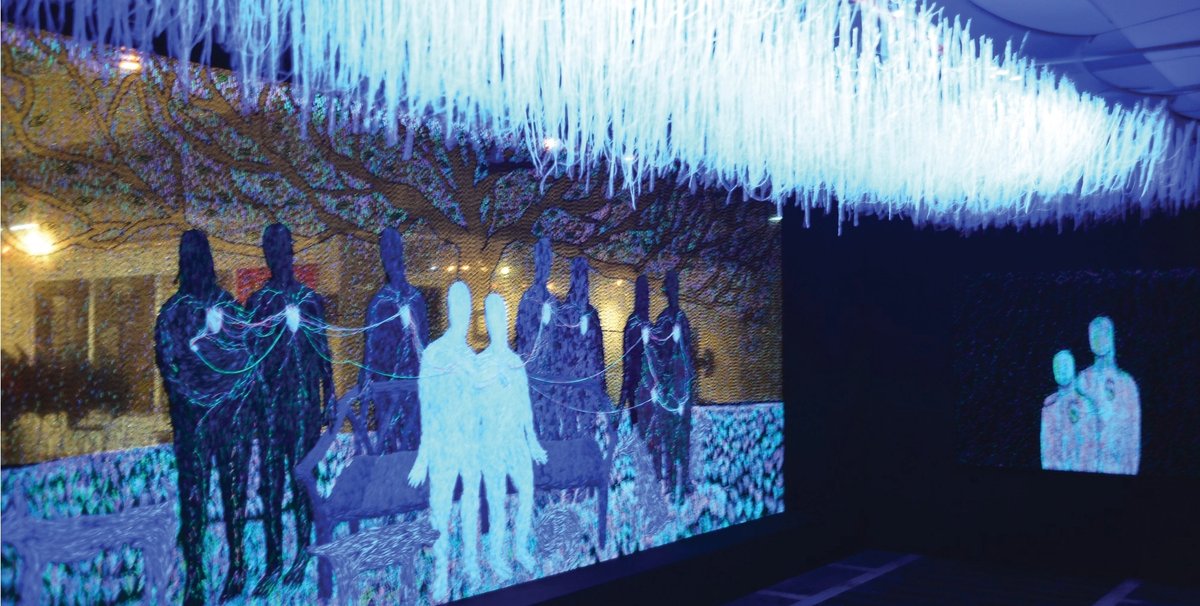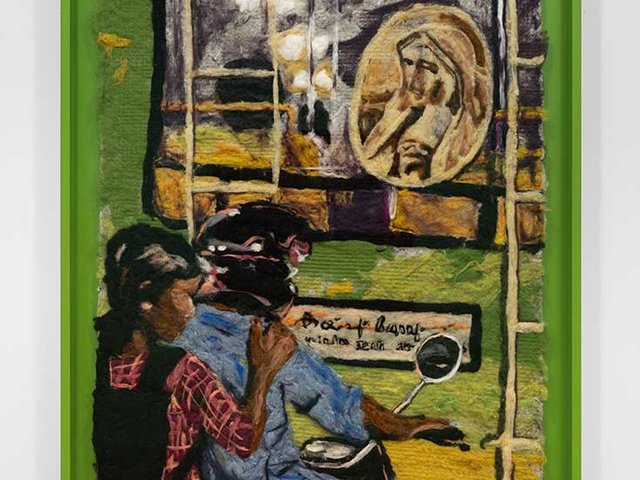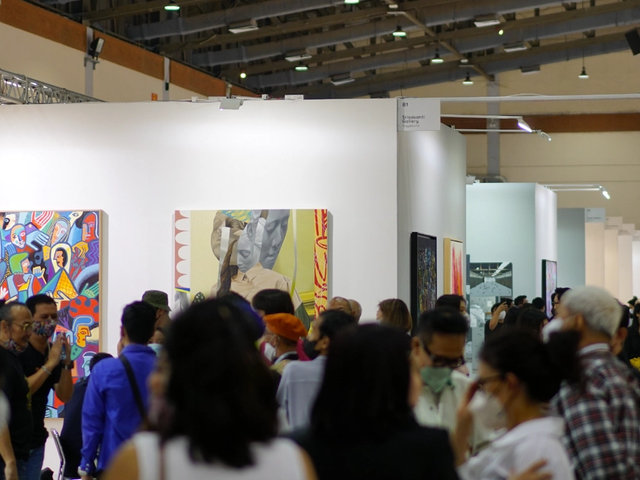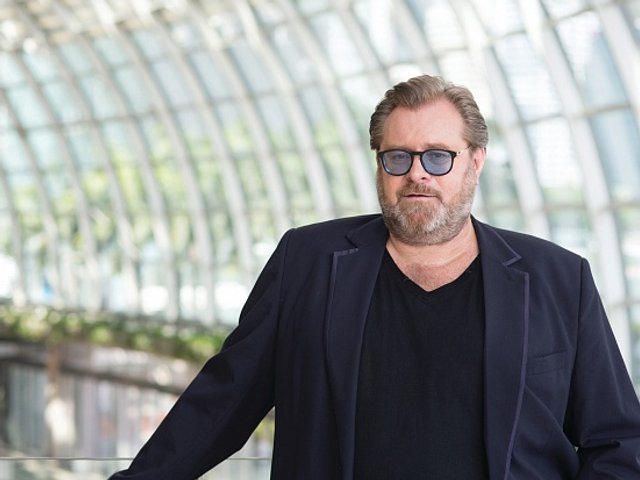As it enters its fifth edition, Art Fair Philippines (AFP), opening tomorrow (16-19 February), has seen its roster expand from an initial 24 participants in 2013 to 46 this year, testifying to rapid growth in the capital city’s vibrant art scene.
“Art Fair Philippines was conceptualised to showcase the best of Philippine contemporary art in a centrally located urban setting—a car park building called The Link in Makati City, the financial district of the country,” says the fair's co-founder Lisa Periquet, a Manila-based art historian. Periquet joined with the writer Trickie Lopa and the arts administrator Dindin Araneta in 2006 to create the affordable art fair Art in the Park; they launched AFP in 2013. This year marks the debut of an AFP sister event, Ten Days of Art, with a series of installations in public spaces that started on 9 February.
The bulk of participating dealers hail from the archipelago nation, though the fair now also attracts Asian galleries specialising in emerging talent, including Jakarta’s Roh Projects, Singapore’s Arndt Fine Art, and Edouard Malingue from Hong Kong and Shanghai. The collector base leans local, Araneta says, adding: “The foreign gallerists have observed that local buyers seem younger in age and with disposable income for art collecting.”
As the fair’s profile has grown, collectors have started coming from Singapore and Hong Kong. According to Birgit Zimmermann, the director of experimental Manila gallery 1335Mabini, “Art Fair Philippines has developed into an event that draws international attention.” Zimmermann is attending for a fourth year and showing works by Poklong Anading and Kiri Dalena. For Manila, she says, AFP is “the perfect event, successful in every sense. I like the vibes.”
The domestic market for contemporary Philippine art is thriving, say the AFP organisers, and artists such as Maria Taniguchi, Martha Atienza and Ronald Ventura are gaining global stature. “We have a lively, bustling art scene, an art ecosystem that is exciting because it is still developing,” says Lopa. “It may not elicit rumblings in cities like Hong Kong, Tokyo and Singapore, but here, because these [developments] have burgeoned only within the last five years, the buzz is palpable.”
That energy now faces the new administration of the president, Rodrigo Duterte, who, since his election in May 2016, has made headlines for his aggressive war on drugs, hostility to journalists, and unpredictable foreign policy—all of which threaten a decade of robust economic growth. “Art Fair Philippines 2017 will be the first art fair held under the new administration,” Araneta says. “It is crucial for the Philippines to have a strong economy for the art market to continue to grow. Equally important is that international visitors know and feel that it is safe to visit the country for cultural tourism to progress.”
“The art market will go where the economy does,” Lopa says, but the political situation could prove a fertile subject for the country’s artists. “Philippine art has a strong tradition of sociopolitical commentary,” she adds. “Current events will make their way into our visual arts.”






